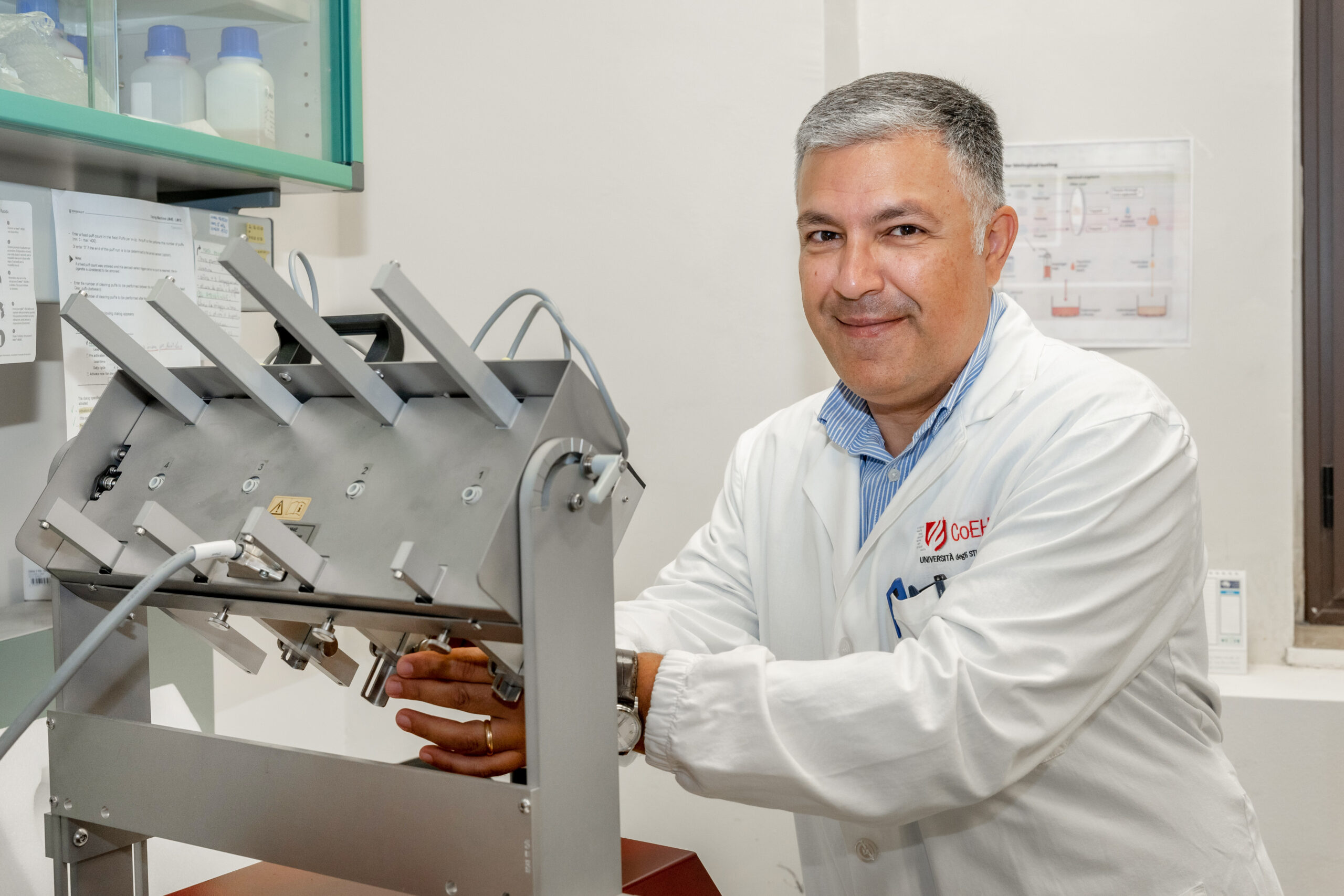The latest work by the Replica research team, published by Scientific Reports, part of the prestigious Springer Nature, showed slight or no cytotoxic, mutagenic and genotoxic effects induced by the e-cigarette aerosol compared to the high cytotoxicity, mutagenicity and genotoxicity induced by cigarette smoke used as reference.
Catania, 31 October 2023 – In recent years, the problem of the “replicability crisis” has been raised in various sectors of science: the use of different research methodologies usually led to different data, resulting in flawed results that misinform policies and impact on health and social care practices, as well as smokers who are seeking a complete cessation.
Replica researchers aim to fill this methodological gap by replicating international in vitro studies on the toxicity of cigarette smoke and e-cigarette aerosol by an independent and multicentric approach, adding experiments or conditions where necessary, in order to verify the robustness and replicability of the data and results.
The latest study replicated by the team was published by Rudd and colleagues in 2020. This study aimed to establish the cytotoxicity, mutagenesis, and genotoxicity of cigarette smoke or e-cigarette aerosol on cells .
Thanks to the study titled “Cytotoxicity, Mutagenicity, and Genotoxicity of Electronic Cigarettes Emission Aerosols Compared to Cigarette Smoke: the REPLICA project,” Replica researchers performed a standard toxicology battery of three assays used for product assessment and regulatory applications. Their results indicated that e-cigarette aerosol was low cytotoxic and it did not show any mutagenic or genotoxic activity unlike the cigarette smoke, which showed high cytotoxic, mutagenic and genotoxic activity. Moreover, the Replica study covered some methodological gaps and limitations in the original work, by adding some conditions with the aim of covering all the possible ways of inducing genotoxicity and mutagenesis on cells.

“Our findings not only confirmed the results obtained by our colleagues but also addressed some methodological gaps and limitations in the original work,” stated dr. Rosalia Emma, first author of the study. “However, it’s important to highlight that, despite using different machinery and the variations in the exposure methodology, in the case of cytotoxicity (NRU assay), the toxicity of the e-cigarette is significantly lower than that of traditional cigarettes”.
In the Replica study, the team performed the NRU assay to assess cytotoxicity, the bacterial reverse mutation (Ames) assay to evaluate mutagenicity and the in vitro micronucleus assay to measure genotoxicity. Despite some different methodologic aspects, the researchers obtained results similar to those obtained by Rudd and colleagues.

“Although we have added experimental conditions neglected by the authors of the first paper, the results obtained previously are confirmed and even strengthened, confirming the electronic cigarette as a useful tool for reducing smoking damage in healthy smoking subjects” stated prof. Massimo Caruso, co-project leader of the Replica project and corresponding author.
Replication studies may support the tobacco harm reduction strategy and the regulation of the safer nicotine products, establishing credibility of published data.




